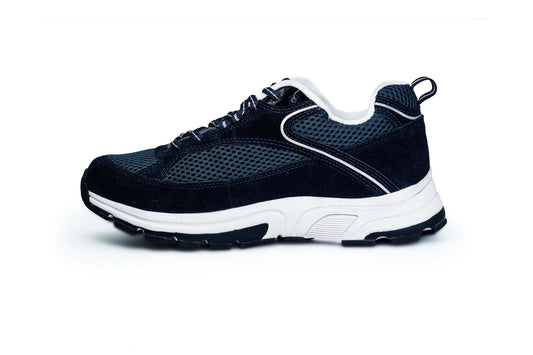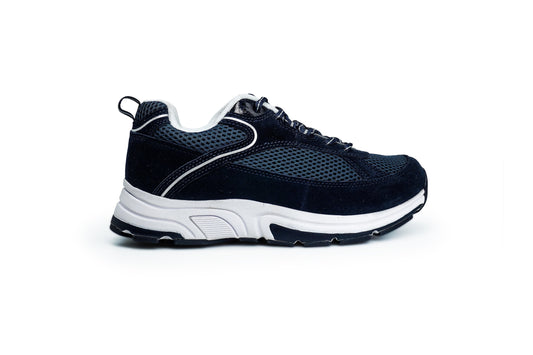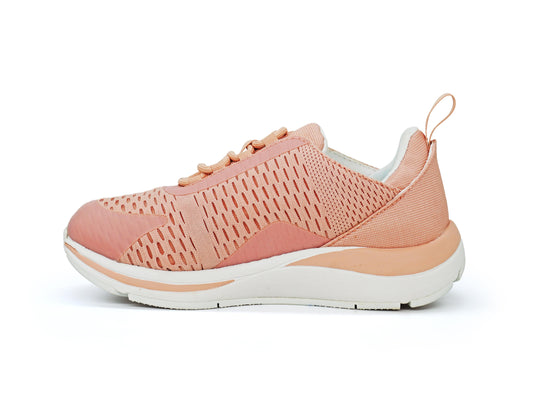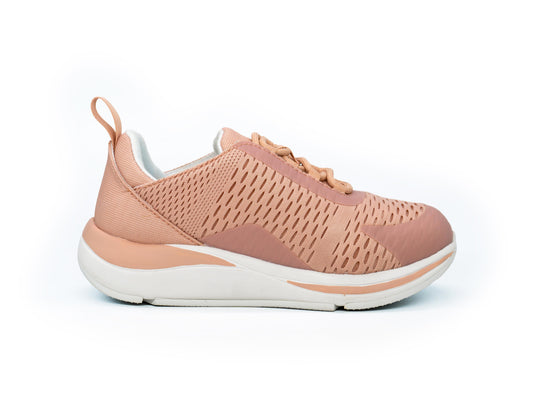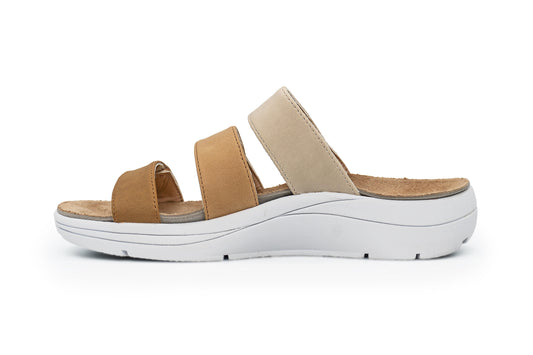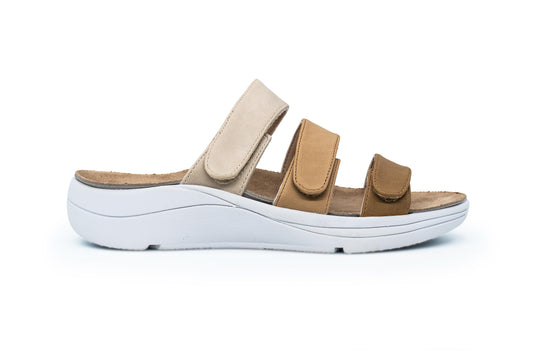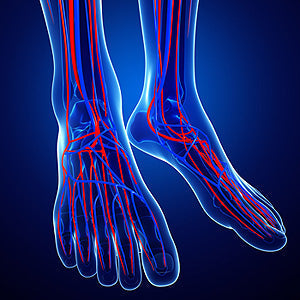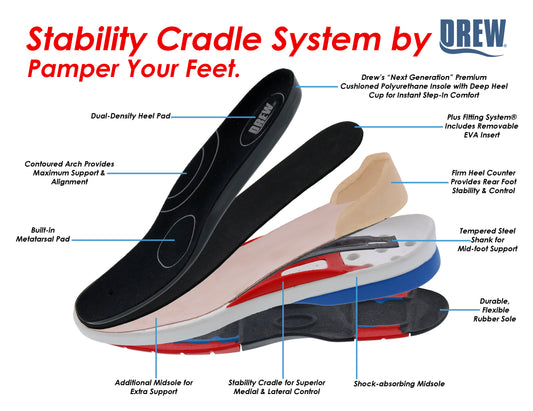RELATION BETWEEN DIABETIC SHOES AND BETTER CIRCULATION
IMPROVING CIRCULATION IN DIABETIC FEET: HOW DIABETIC SHOES HELP
Diabetes is a chronic condition that afflicts millions of people around the world, and one of the most common and severe complications of this disease involves the feet. Individuals with diabetes commonly suffer from decreased circulation, especially in the lower extremities, which can result in a myriad of health issues, including foot ulcers, infections, and even amputations. Maintaining proper circulation in the feet is crucial to overall foot health and well-being. In this context, diabetic shoes play a crucial role in improving circulation, providing comfort, and preventing long-term complications. This article explores the connection between diabetic shoes and better circulation, highlighting how they contribute to maintaining healthy feet for those living with diabetes.
Impact of Diabetes on Circulation
Circulation refers to the movement of blood throughout the body's blood vessels, bringing oxygen and nutrients to tissues and organs. Circulation can be compromised in diabetic patients for two primary reasons: diabetic neuropathy and diabetic vasculopathy.
Diabetic Neuropathy
This results when the person experiences high blood sugar levels over a period, causing damage to the nerves of the feet and legs. Nerve damage impairs sensation, meaning the patient may not feel pain, pressure, or temperature changes. This failure to sense issues, like blisters or sores, can lead to unchecked problems, which may become infected and develop into ulcers.
Diabetic Vasculopathy (Poor Circulation)
Diabetes can also cause poor circulation due to the destruction of blood vessels. High levels of blood sugar cause the walls of blood vessels to thicken, making it difficult for blood to flow through veins and arteries. This reduces the oxygen and nutrients that reach the feet, making it harder for the body to heal and increasing the risk of foot complications.
With these conditions, individuals with diabetes often develop poor blood flow in their feet, leading to swelling, soreness, and other issues. Diabetic shoes play a crucial role in addressing these concerns.
How Diabetic Shoes Improve Circulation
Even Pressure Distribution
One of the main objectives of diabetic shoes is to reduce the pressure on various parts of the feet. People with diabetes or neuropathy in their feet are unable to feel when certain areas of the foot are under too much pressure, which can lead to calluses, blisters, and ulcers. This exacerbates poor circulation, further compromising foot health.
Diabetic shoes help by using cushioning and arch support to ensure even pressure distribution across the foot. This prevents over-pressurizing any single point, thereby improving blood flow throughout the foot and helping to avoid the formation of pressure points.
Proper Fit
The proper fit is another key characteristic of diabetic shoes, which is essential for preventing circulation issues. Poorly fitting shoes, whether too tight or too loose, can impede blood flow, causing discomfort, swelling, and an increased risk of skin breakdown. Tight shoes constrict blood vessels, limiting the flow of oxygen and nutrients, while loose shoes can cause friction, leading to blisters and sores.
Diabetic shoes come in wide sizes and are designed to provide a customized fit. With adjustable Velcro straps or laces, these shoes ensure that the feet are not constricted, allowing better blood flow to the toes, heels, and arches. For individuals with swollen feet, diabetic shoes offer extra room, which helps accommodate changes in foot size while ensuring that circulation is not compromised.
Cushioning and Shock Absorption
The cushioning in diabetic shoes minimizes the impact on the feet during walking or standing, particularly on hard surfaces. The constant pounding of feet on hard floors can increase pressure on the foot, causing swelling and reduced circulation.
Diabetic shoes are equipped with shock-absorbing soles and cushioned insoles that reduce the pressure on the feet, improving blood flow. This allows for a more comfortable walking experience and reduces strain on the feet, making it easier for individuals to stand or walk for long periods.
Reduced Risk of Pressure Ulcers and Skin Breakdown
People with diabetes are at an increased risk of developing pressure ulcers or diabetic foot ulcers due to poor circulation. The healing process is slower when the skin is damaged because of reduced blood flow. If left untreated, ulcers can lead to serious infections and even amputation. Diabetic shoes help reduce the risk of ulcers and skin breakdown by preventing friction, alleviating pressure, and protecting the skin.
Made with seamless interiors, padded insoles, and soft materials, diabetic shoes minimize friction, which is a common cause of pressure ulcers. The smooth inner surfaces help prevent irritation and skin damage. By enhancing circulation and providing comfortable fit, diabetic shoes also support faster wound healing and reduce the formation of new ulcers.
By addressing circulation issues, providing comfort, and preventing foot complications, diabetic shoes play an essential role in maintaining foot health for people living with diabetes. These shoes help improve blood flow, reduce the risk of ulcers and infections, and support long-term foot care. For those with diabetes, choosing the right footwear is a key step in reducing complications and preserving overall health.
Take the Next Step Towards Comfort and Care
Discover the perfect balance of support, style, and expert guidance for your feet. Explore our collection of orthopedic and diabetic shoes designed to keep you moving with ease.
Start your journey to happy, healthy feet today!
Visit us at DiabeticShoe for more tips, insights, and footwear solutions.
Stay Connected:
Follow us on Facebook, Instagram, YouTube, LinkedIn, Twitter, Pinterest, and Quora for updates, advice, and more informative content.

